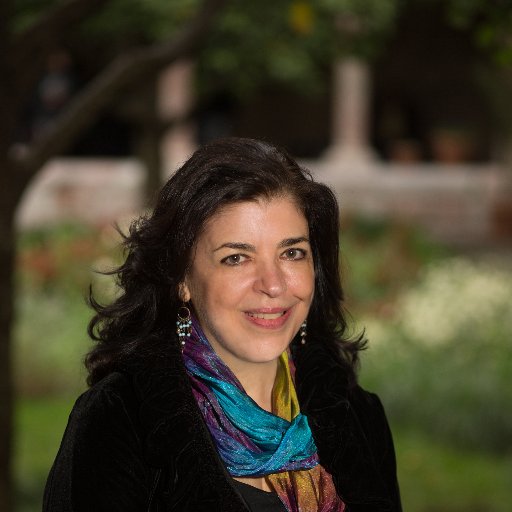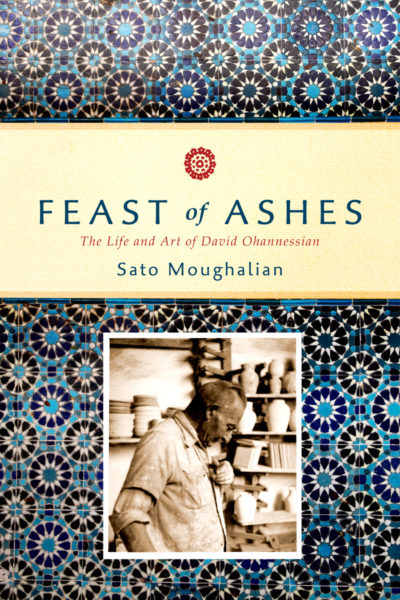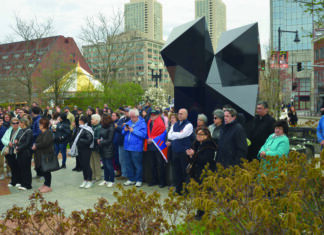Feast of Ashes, by Sato Moughalian Redwood/Stanford University Press, 2019
Reviewed by Christopher Atamian
Special to the Mirror-Spectator
Born in 1884 in the village of Mouradchai outside of Eskishehir in Western Anatolia, David Ohannessian led an idyllic childhood playing in the fields and enjoying age-old traditions and familial love. He would later move to Constantinople and Kütahya, marry and become a master ceramicist commissioned to renovate the tiles some of the Muslim world’s most celebrated mosques and monuments.
Ohannessian completed commissions that stretched half-way across the world to England and the United States. He would also get be caught up in the conflagration of World War I and the mad plan of the Young Turks to exterminate the Armenian people.
Marched into the desert in 1916 with his family, Ohannessian managed to not only survive but later, to thrive. In Palestine, he rebuilt his Kütahya studio, which had been known by the Gallic name Société Ottomane de Faïence.











